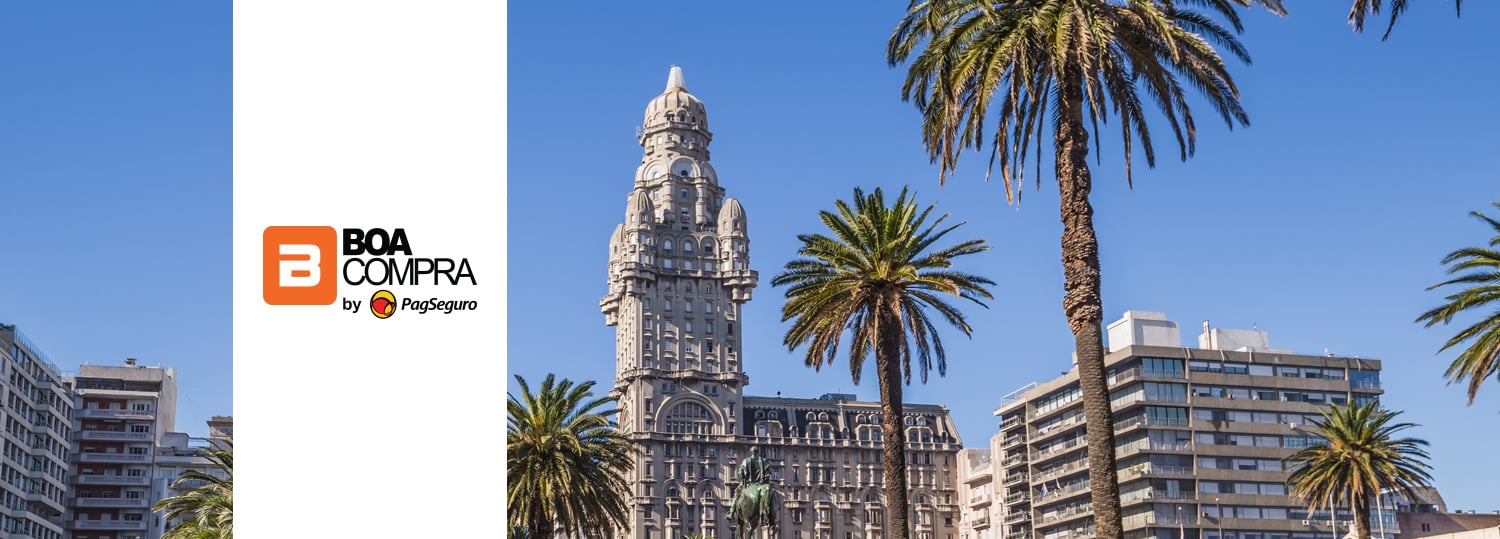A growing market
With a GDP of over USD 1,150 trillion, Mexico represents the second largest market in LATAM. It has a large, thriving population with good internet access. On population size and GDP alone, it represents a great opportunity for any e-commerce business looking to grow. However, two recent studies by AMVO, or the Mexican Association of Online Retailers, and Blacksip, highlight figures which make it an even more inviting prospect.
According to Blacksip, e-commerce has grown 17.9% in 2018, and is set to grow a further 16.3% in 2019. Better yet, AMVO notes that 38% of Mexican e-commerce shoppers now make weekly purchases. In light of this research, we dive into what else they can tell us about online retail in Mexico. More importantly, we look at how retailers can ensure they are catering to this high growth market.
Youth and the expanding Mexican e-commerce market
Clearly, e-commerce in Mexico is on the rise. It represents a great prospect for online retailers, particularly within the LATAM region. However, in order to take best advantage of this growth, it is important to understand why it is accelerating and who is behind it.
Returning to the data shared in the AMVO and Blacksip reports, we see that both point to the same groups as being responsible. Millennials and Gen Zers. Indeed, the AMVO report shares that 64% of e-commerce sales are made by 16 – 34 year olds. This is further backed up by Blacksip who note that 83% of Gen Zers and 70% of Millennials use the internet, compared to a 63% base rate for Mexico.
In particular, 25 – 34 year olds, are one of the strongest performing categories for online sales. Despite making up only 34% of internet users, they make up 37.5% of those visiting e-commerce sites. Accordingly, they outperform every other age group. Retailers looking to take advantage of this sector would be wise to research this segment of the market and target their strategies accordingly for maximum impact.
Why are Millennials shopping online?
The second important trend highlighted by both reports is the reason why these younger generations are shopping online.
The Blacksip report shared a number of motivating factors driving them to purchase online goods. 50% of those surveyed said that promotions or discounts were behind their purchases. A further 45% stated that they were looking to buy items not available in shops. Finally, convenience featured strongly as a push towards online sales. 41% stated that buying products online is faster and a further 40% shared that they wanted products delivered to their home.
E-commerce merchants looking to make the best impact in Mexico should therefore make use of online promotions and a streamlined checkout and delivery process.
This rise in young, e-commerce savvy users is supported by the increase in frequency of online sales. As mentioned earlier, AMVO noted that 38% of online customers in Mexico now purchase items on a weekly basis. Not only is this a growing market in size, but also one with high potential for repeat business.
Become a trusted source
These glowing figures are equally exciting for international companies. 34% of those surveyed by Blacksip shared that they went online to purchase items unavailable to them in Mexico. AMVO noted that 67% of Mexicans purchased from international retailers, of which 75% were US sites.
It is fair to conclude that US or EU e-commerce sites represent a trusted way of purchasing items unavailable to them in Mexico. In particular, the closeness, geographically speaking, of US retailers have the added bonus of being likely to ship to Mexico relatively quickly. Accordingly, international retailers should find the growth in Mexican e-commerce not only a reassuring sign of a robust market, but also of one highly open to non-native retailers.
Streamline purchases
Key to capitalizing on the success of these markets is in ensuring that what your offer is both attractive to your potential customers and offers a payment system that is easily accessible. As we mentioned earlier, convenience plays a crucial role in motivating customers online in Mexico.
Because Mexico is still a country with low bank account penetration, merchants must offer a range of ways to pay for items. In spite of (or perhaps because of) Mexico’s unbanked population, the country has developed a number of ways to make online purchases without a bank account. Using a payment aggregator like BoaCompra allows you to serve a multitude of payment options which suit your customers. From unbanked options like Oxxo, Todito and 7-Eleven to e-wallets like PayPal, Gold and paysafecard.
What we’ve learned from the reports
What both AMVO and Blacksip’s reports tell us about the growing Mexican e-commerce market is highly encouraging. Not only is this a strong growth market, which outperforms many of its LATAM neighbors, but it has the potential to increase in frequency of sales as well as the size of the market itself. Younger generations show higher internet use and a greater frequency of visits to e-commerce sites.
Additionally, these reports give merchants a strong idea of the sales tactics that will prove successful online. Looking to provide a fast and streamlined checkout service, home delivery, and goods unavailable in Mexico all motivate online purchases.
For those companies based outside Mexico and looking to begin e-commerce operations here, it seems the time is ripe to capitalize on this growth. Get in touch with us to learn how BoaCompra can help your company expand to this promising market:






